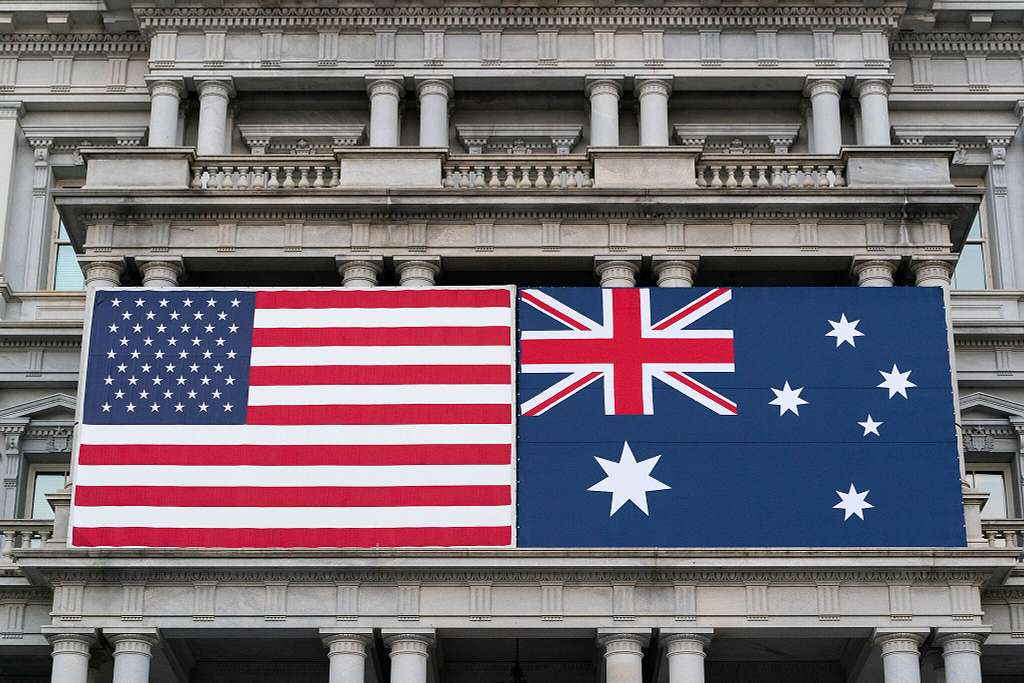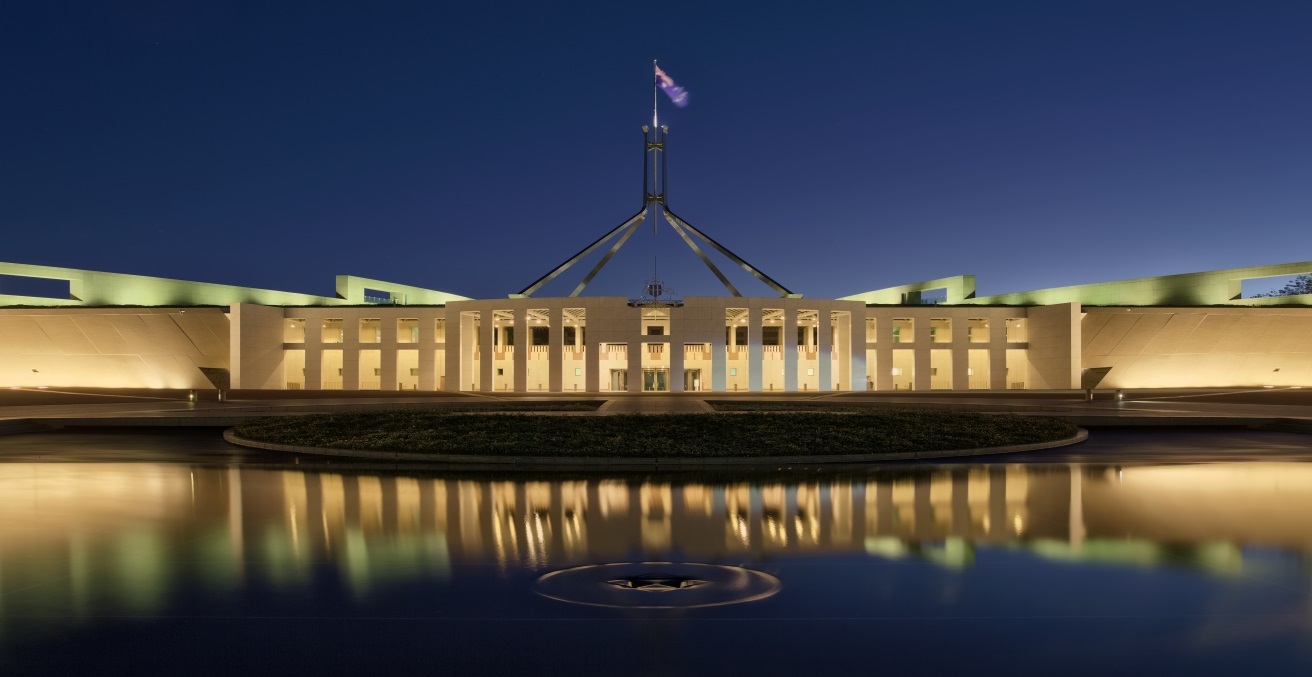2025 is an election year for both Australia and South Korea. 3 May is when Australians share their democracy sausage; for South Korea, after the traumatic martial law declared by former President Yoon Suk Yeol and his impeachment, the nation is preparing for an early election on 3 June.
Politics have a significant impact on people’s lives, not only for those who were actively involved in party politics, but also for everyone whose health and wealth will be dependent on the choices they make for the upcoming elections. In this special election year, our team at the Australian National University looked at the 2023 Korean Australian Survey (KAS) to see the relationship between political support and happiness. Even though there have been major political events in South Korea, and political support is more likely to lean towards progressive parties, we think the data is still valid and relevant in today’s contexts. Are conservatives happier than progressives?
About 2023 KAS
Every two years, we conduct a KAS, targeting Korean residents in Australia. Our second KAS took place in 2023, and gathered 674 valid responses. Among those, 481 were valid responses, reflecting on life satisfaction and political preferences. Here we unpack the links.
Most participants were in their 30s or 40s (37 percent in their 30s and 38.2 percent in their 40s), married (75 percent), and women (74.4 percent). They were also highly educated, with 60.7 percent holding a Bachelor’s degree, 14.9 percent a Master’s degree, and 4.7 percent a Doctoral degree. In terms of religion, 21.6 percent identified as Catholic and 36.3 percent as Protestant. The majority were first-generation immigrants (83.5 percent), and 39.7 percent were Australian citizens.
Are Korean Australians More Conservative or Progressive?
Given the demographics (highly educated women in their 30s and 40s), our first hypothesis was that the survey participants would be significantly more progressive than conservative.
However, while the majority (71.1 percent) remained largely neutral or politically centrist, our respondents saw themselves slightly more conservative than progressive. Out of 481 participants, 15.5 percent said they were either “very conservative” (3.1 percent) or “somewhat conservative” (12.4 percent) whereas 13.4 percent considered themselves “somewhat progressive” (3.7 percent) or “very progressive” (9.7 percent).
In terms of age, it is not so surprising to find that those in their 20s were more progressive (19.6 percent) than conservative (8.9 percent), and those in their 60s and older were far more conservative (45.5 percent) than progressive (9.1 percent). However, what is surprising is that those in their 30s found themselves significantly more conservative (18.0 percent) than progressive (8.4 percent).
Our second hypothesis was that women would be significantly more progressive than men, based on existing studies. However, our findings surprisingly highlighted that Korean Australian women were slightly more conservative (12.3 percent) than progressive (10.6 percent). One potential explanation is that the majority of our survey participants were highly educated and Christian—the demographics generally inclined to conservative values.
We did not define the concept of being conservative and being progressive in our survey, and therefore the participants’ understanding may differ in the Australian and South Korean contexts. As the old progressives/leftists become centrist/conservative, the two concepts merge and evolve over time.
Are Korean Australians Labor or Liberal Supporters in Australia?
Our third hypothesis was that Korean Australian conservatives would support the Liberal Party of Australia (Liberals) while progressives would support the Australian Labor Party (Labor).
The results were somewhat inconsistent with their self-assessed political nature as more Korean Australians supported Labor (28.2 percent) than the Liberals (17.2 percent). In terms of gender, a higher percentage of men (32.5 percent) supported Labor than women did (27.1 percent).
In terms of age, however, the outcomes were most interesting. All age groups other than those in their 20s showed higher support for Labor than Liberals. Those in their 50s showed the highest support rate for Labor (42.3 percent vs. 23.1 percent for the Liberals). Those in their 20s showed a slightly higher support rate for the Liberals (19.6 percent) than Labor (17.9 percent). With these numbers, Labor is not winning the support of Gen Z. Meanwhile, in terms of citizenship, Australian citizens showed more support for the Labor (36.1 percent) than Liberals (29.3 percent).
Are Korean Australians DP or PPP Supporters in South Korea?
When it comes to South Korean politics, almost a half (49.2 percent) of the participants said they did not support any political party. Among those who chose, 36.7 percent supported the Democratic Party (DP, 더불어민주당) whereas only 7.6 percent supported People’s Power Party (PPP, 국민의 힘).
Similar to our findings in Australia, in terms of gender, a higher percentage of men (41.7 percent) supported the DP than women (35.5 percent). Age was the most prominent factor for South Korean politics as well. Those in their 20s preferred the DP (23.2 percent) than the PPP (21.4 percent), but only marginally by 1.8 percent. The preference for the DP relative to PPP was much more pronounced among those in their 50s (42.3 percent vs. 13.5 percent) and 60s (36.4 percent vs. 9.1 percent).
Are Conservatives Happier than Progressives?
Our fourth and final hypothesis was that conservatives, by definition, are happier with the current status quo; in other words, they are more satisfied with what they have and where they are, than their fellow progressives who wish to challenge the current system. Existing studies support this link, noting that political conservatism is a system-justifying ideology in that it is associated with “high personal satisfaction.”
The good news is that the majority (69.5 percent) of 481 participants were satisfied with their lives. However, in relation to their political nature, our findings were inconsistent with existing studies: Korean Australian progressives (76.9 percent) were more satisfied with their lives, than their fellow conservatives (70.7 percent).
One possible theory is that their political orientation was self-assessed and therefore subjective. In other words, those who identified themselves as progressive may be more conservative than they think they are. Or what they thought progressive in South Korea can be conservative in Australia due to the different standards and definitions they have about political orientation in each country they live in.
Another and more convincing theory is that progressive Koreans have left a relatively conservative Korea and moved to more progressive Australia, in the latter of which they share the mainstream cultural values and political orientation. Aligned values make progressive Korean Australians more satisfied with their lives in Australia than conservatives.
In relation to their party preference, a higher percentage (79.5 percent) of Liberal supporters were satisfied with their lives than Labor supporters (65.4 percent).
Conclusion
Korean Australians’ political orientation does not exactly match with the party they support. In other words, Korean Australians are generally more conservative, but more supportive of progressive parties, both in Australia and in South Korea. For Australia, this can be because the majority are first generation immigrants, typically more supportive of a progressive party’s favorable immigration policies. Even if they are conservative politically by nature, first generation immigrants’ socio-economic conditions can be similar to progressive working-class Labor supporters.
Looking ahead to the 3 May general election in Australia and the 3 June presidential election in South Korea, we can anticipate that age will be the most decisive factor in the upcoming elections. Although Gen Z identifies themselves as progressive, the ALP and the DP fail to receive the younger generations’ majority support. This seems largely due to economic difficulties young people face today. Rising house prices, inflation, and competitive job markets are imminent concerns for voters in their 20s. The ALP and the DP do not seem able to tackle these issues to satisfaction.
Political parties and their values evolve in a spiral manner. When progressive parties become ruling parties and governments, their values become the norm of society. As progressives want to maintain their values and party interests in power, they become conservative. Old conservatives become almost revolutionary when it comes to changing the status quo. There they meet the interests of the younger generation, today’s Gen Z.
In both Australia and South Korea, the ALP and the DP are leading ahead according to recent polls. If (or when) they win, the life satisfaction of Gen Z will have to be their priority as this generation will lead our future.
Acknowledgement: KAS is supported by the Australian Department of Foreign Affairs and Trade, Australia Korea Foundation. The authors would like to thank Dr Wonsun Shin and Dr Daejeong Choi for their initial engagement in the KAS.




